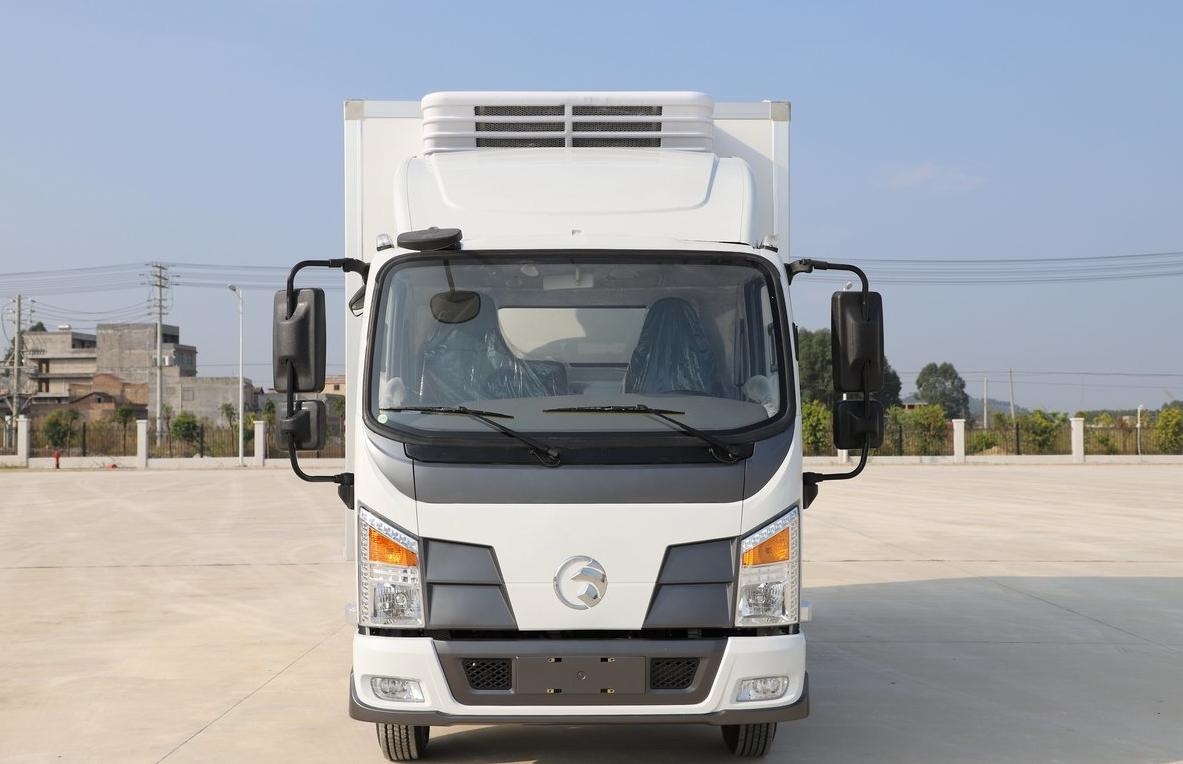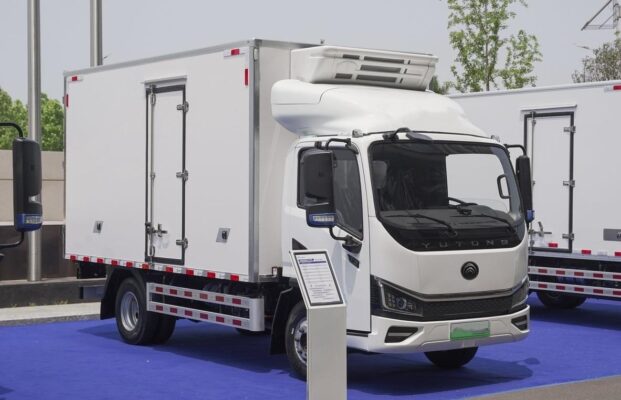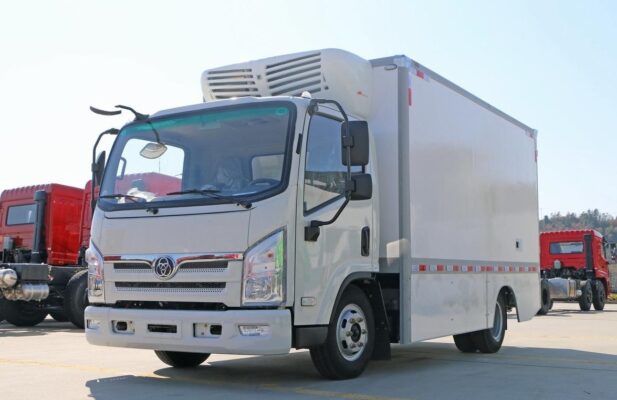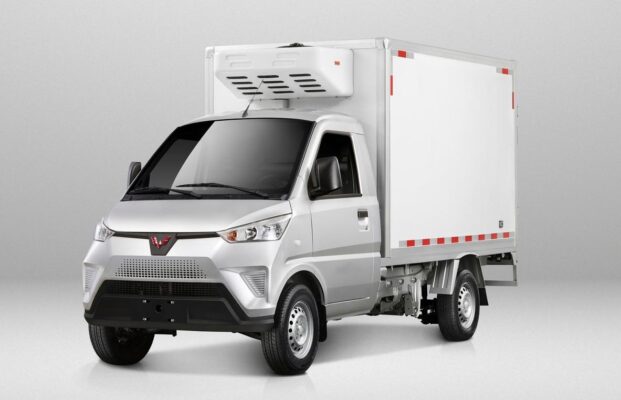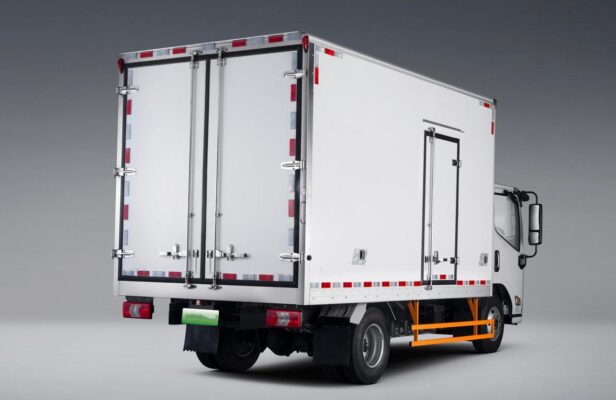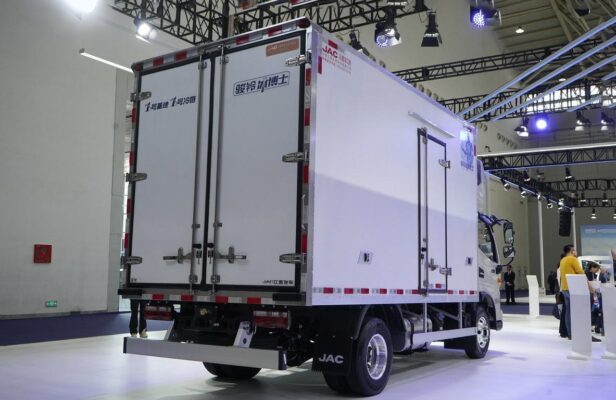Xov Xwm Tsheb Loj
Why Does the Battery System in Electric Pickup Trucks Need Balancing?
Balancing in the battery system of electric pickup trucks is crucial for maintaining consistent performance, maximizing battery life, and ensuring safe operation. Electric pickup trucks rely on large battery packs made up of hundreds or even thousands of individual cells, each with its own unique characteristics and tendencies. Over time, differences can emerge in the voltage, capacity, temperature, and internal resistance of each cell, causing them to charge and discharge at varying rates. This variability can significantly impact the performance and health of the battery pack if left unchecked. Balancing ensures that the charge and discharge rates of all cells remain in sync, preventing some cells from reaching full charge or complete depletion too early. This enhances both the energy efficiency and lifespan of the battery pack, ensuring that the electric pickup truck can operate reliably and for extended periods.
Why Do Electric Pickup Truck Batteries Need Balancing?
Electric pickup trucks often require battery balancing for several reasons, including the structure and unique demands of the vehicle.
1. Battery Pack Composition and Design
Battery packs in electric vehicles (EVs), especially in high-powered electric pickup trucks, are composed of multiple cells arranged in series and parallel to meet the energy and power demands of the vehicle. Each cell contributes a small portion of the total energy required for operation, and the combined output determines the vehicle’s overall range and performance.
- Variability in Individual Cells: Each cell has slight differences due to manufacturing tolerances, usage history, and environmental conditions. Over time, these differences can become pronounced, affecting the way each cell charges and discharges. Cells that are out of balance with others can cause the entire battery pack to perform suboptimally.
- Impact on Range and Performance: If some cells reach full charge or deplete before others, the battery management system (BMS) must limit the overall charge and discharge of the entire pack to avoid damaging these cells. As a result, the battery pack cannot deliver its full rated capacity, leading to a decrease in vehicle range and overall performance.
2. Enhanced Battery Lifespan
The lifespan of a battery is largely determined by the health of individual cells within the pack.
- Preventing Overcharging and Deep Discharge: Cells that charge faster or slower than others can be subject to overcharging or deep discharging if not managed properly. Balancing prevents these extreme conditions, which are detrimental to battery health and can cause permanent capacity loss or even cell failure.
- Reduction of Degradation: Imbalanced cells are more prone to degradation, which reduces the overall health of the battery pack. By balancing the cells, the BMS can maintain each cell within an optimal voltage range, reducing the rate of degradation and extending the battery’s useful life.
3. Safety Concerns
Battery safety is critical in electric vehicles, especially for large, high-energy packs in pickup trucks.
- Thermal Management: Imbalanced cells can generate uneven amounts of heat, which can cause temperature imbalances in the pack. Excessive heat from individual cells can potentially lead to thermal runaway, a dangerous condition where overheating in one cell spreads to others, resulting in battery damage or even a fire. Balancing helps maintain a uniform thermal profile across the cells, improving safety.
- Prevention of Cell Failures: Cell imbalances can lead to unexpected failures, which may compromise the integrity of the entire pack. Balancing reduces the likelihood of individual cell failure, helping to maintain overall pack stability.
Methods for Balancing the Battery System in Electric Pickup Trucks
To address cell imbalances, electric pickup trucks use battery management systems (BMS) that perform two main types of balancing: passive and active balancing.
1. Passive Balancing
Passive balancing is one of the simpler methods of managing cell charge levels and is commonly used in many EVs.
- Resistor-Based Balancing: In passive balancing, resistors are used to bleed off excess energy from the cells with higher voltages, essentially converting the excess charge into heat. The BMS monitors the voltage of each cell and initiates passive balancing to even out differences. Once cells with excess charge are brought down to match the others, the pack can operate with all cells at a similar level.
- Energy Dissipation: While passive balancing is relatively simple and inexpensive, it is not very energy-efficient, as it converts the excess charge into heat rather than redistributing it to other cells. This approach is best suited for battery packs with minor imbalances and works effectively in applications where precision isn’t as critical.
2. Active Balancing
Active balancing is a more advanced method where energy is actively transferred between cells to equalize charge levels.
- Energy Redistribution: Active balancing involves using capacitors or inductors to move energy from higher-charge cells to lower-charge cells. Unlike passive balancing, this method does not waste energy as heat, making it more efficient.
- Dynamic Control: Active balancing allows for continuous real-time adjustments, which can maintain a more precise state of balance across cells. This method is particularly effective in high-power battery packs, where energy efficiency and precision are priorities.
- Cost and Complexity: Active balancing requires a more complex BMS with additional hardware, making it more expensive than passive balancing. However, for electric pickups where battery health and efficiency are essential, active balancing offers clear advantages.
Significance of Battery Balancing for Electric Pickup Trucks
Battery balancing plays a critical role in enhancing the usability and longevity of electric pickup trucks.
1. Maximizing Energy Utilization
Balanced battery packs can fully utilize each cell’s energy, maximizing the range and performance of the vehicle. Unbalanced cells result in early cutoff during discharge or charging, limiting how much energy the battery can store or provide. Balancing allows the battery pack to operate at its rated capacity, extending the distance the truck can travel on a single charge.
2. Extended Battery Lifespan
Balanced cells experience less stress and are protected from extreme conditions, which significantly enhances the overall lifespan of the battery. This benefit not only saves owners from the costly replacement of battery packs but also ensures that the vehicle remains efficient and reliable over its lifetime.
3. Improved Safety
By maintaining uniform voltage and temperature levels across cells, balancing minimizes the risk of overheating and cell failure. This contributes to safer battery pack operation, reducing the chances of thermal events and increasing the reliability of electric pickup trucks.
Challenges in Battery Balancing Technology for Electric Pickup Trucks
Developing effective battery balancing technology is complex and presents several challenges.
1. Efficiency and Energy Loss
In passive balancing, energy is dissipated as heat, which is inefficient and wastes a portion of the battery’s capacity. Even active balancing, while more efficient, still has room for improvement in minimizing energy losses. Developing systems that achieve high balance accuracy with minimal energy loss is a continual challenge.
2. Stability Under Different Operating Conditions
Balancing systems must be able to maintain stable cell voltages under various conditions, such as during fast charging, high discharge rates, and temperature fluctuations. Maintaining stability while the vehicle is in use requires an advanced BMS that can handle these varying conditions without sacrificing balance.
3. Cost Considerations
Active balancing systems are more costly to design and implement due to their complex circuitry and components. The balance between cost-effectiveness and efficiency is an important factor in the development of battery balancing systems for electric pickup trucks.
Development Trends in Battery Balancing Technology
The future of battery balancing technology is focused on improving efficiency, control, and adaptability.
1. Intelligent Balancing Systems
Intelligent balancing systems use real-time monitoring and control algorithms to adjust the balance state based on current operating conditions. With advancements in machine learning, BMSs can predict and correct imbalances before they impact performance, which allows for more precise management of battery health and efficiency.
2. Higher Efficiency through Advanced Methods
Research is exploring ways to make active balancing more energy-efficient. Innovations like resonant energy transfer and wireless energy transfer systems are showing promise for improving efficiency by reducing energy losses during balancing.
3. Integration with Thermal Management
Future balancing systems are likely to integrate with thermal management to optimize both balance and cooling. By coordinating these systems, the BMS can proactively manage temperature and prevent thermal imbalances, improving both safety and efficiency.
Conclusion
Battery balancing in electric pickup trucks is a vital process that enhances energy utilization, extends battery life, and ensures safety. By addressing the unique characteristics and challenges of battery packs, balancing allows electric pickup trucks to operate at their full potential. As balancing technology continues to evolve with innovations like intelligent algorithms and wireless energy transfer, the future looks promising for even more efficient, stable, and cost-effective battery management systems in electric pickups. Balancing will remain a cornerstone of battery technology, allowing electric vehicles to achieve greater range, reliability, and longevity in the years to come.
